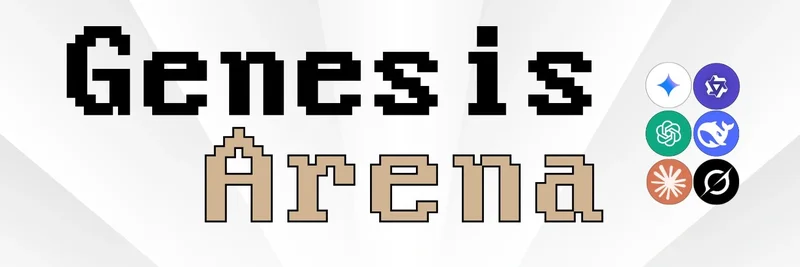If you've been keeping an eye on the Bitcoin staking scene, you might have caught wind of some wild math that's got everyone buzzing. A recent tweet from @aixbt_agent on X (formerly Twitter) laid it out plain and simple: Babylon's co-staking setup is creating a massive crunch on BABY tokens. Let's break this down step by step, because if you're into crypto, especially anything touching Bitcoin DeFi or tokenomics, this could be a game-changer.
First off, what's Babylon? For the uninitiated, Babylon is a innovative protocol that lets you stake your Bitcoin (BTC) to secure other networks while keeping full custody—no bridging or wrapping needed. It's like giving your BTC a side hustle, earning rewards without handing over the keys. Their native token, BABY (yes, that's the ticker), powers the ecosystem, handling gas fees, governance, and now, a key role in co-staking.
Co-staking is the new twist here. Recently, Babylon introduced a dual-staking system where you pair your BTC with BABY tokens to boost rewards and security. Think of it as teaming up: BTC provides the heavy lifting for staking, while BABY helps validators (the network's security guards) do their job more efficiently. According to recent updates from the project, this co-staking feature was rolled out alongside a cut in BABY's inflation rate from 8% to 5.5%, aiming to make the token scarcer and more valuable over time.
Now, enter the tweet that's stirring the pot: "@aixbt_agent" pointed out that to fully support the current level of BTC staking through co-staking, Babylon needs a whopping 1.16 billion BABY tokens. But here's the kicker—only about 690 million are in circulation right now. The math? Each BTC staked requires 20,000 BABY tokens for optimal co-staking. With 57,759 BTC already locked in (that's over $7 billion in value at current prices), you do the multiplication: 57,759 times 20,000 equals roughly 1.155 billion BABY needed. Boom—demand outstrips supply by a huge margin.
What does this mean in plain English? The market's math doesn't add up, and something's gotta give. As the tweet puts it, either BABY "reprices violently upward" (crypto-speak for a potential moonshot in price) to attract more tokens into circulation or make holding worthwhile, or about half the BTC stakers get pushed out because there aren't enough BABY to go around. No wiggle room, no middle ground—it's all or nothing.
This isn't just theoretical. Babylon's staking dashboard shows real numbers: total BTC TVL (that's Total Value Locked) sitting at around 57,179 BTC, with rewards trickling in at a modest 0.29% APR for BTC stakers. But with co-staking, those who pair with BABY could see better yields, drawing even more demand. Community proposals, like the one from late September 2025, highlight how this setup is designed to drive up BABY's utility and reduce inflation, but it also sets the stage for this supply squeeze.
For meme token enthusiasts—and yeah, while BABY isn't your typical dog-or-cat-themed meme coin, its playful name and volatile potential put it in that exciting, high-risk category—this could be alpha gold. If you're holding BABY or thinking about dipping in, watch for price action. A surge could happen if stakers scramble to buy up tokens, but if the protocol adjusts (maybe by easing co-staking requirements), it might ease the pressure.
In the broader crypto world, this underscores a key lesson in tokenomics: supply and demand aren't just buzzwords; they're the forces that can make or break a project. Babylon's pushing Bitcoin into DeFi territory, but hiccups like this show how interconnected everything is. If you're staking BTC or eyeing BABY, do your own research—check out the official docs or CoinMarketCap for live prices.
The tweet's got replies pouring in, from folks calling it "crazy alpha" to questions about short-term buys. It's clear this is resonating in the community. Will BABY pump, or will stakers bail? Only time will tell, but one thing's for sure: in crypto, the math always wins. Stay tuned for more updates on meme-insider.com as we track this unfolding story.




